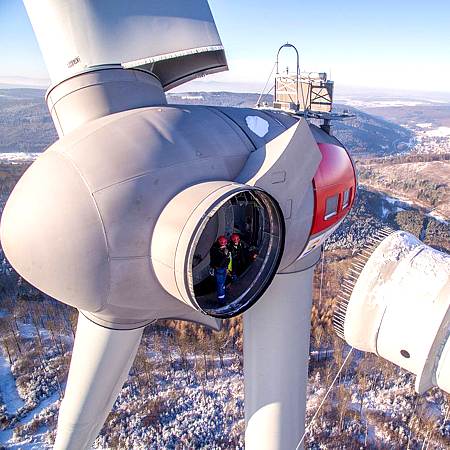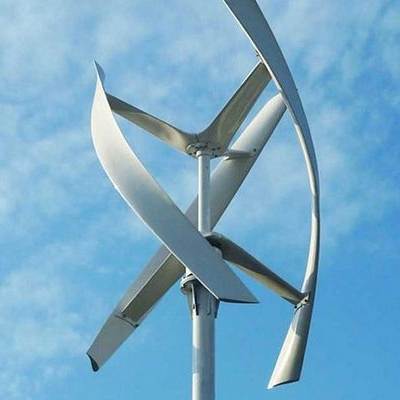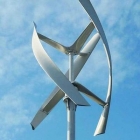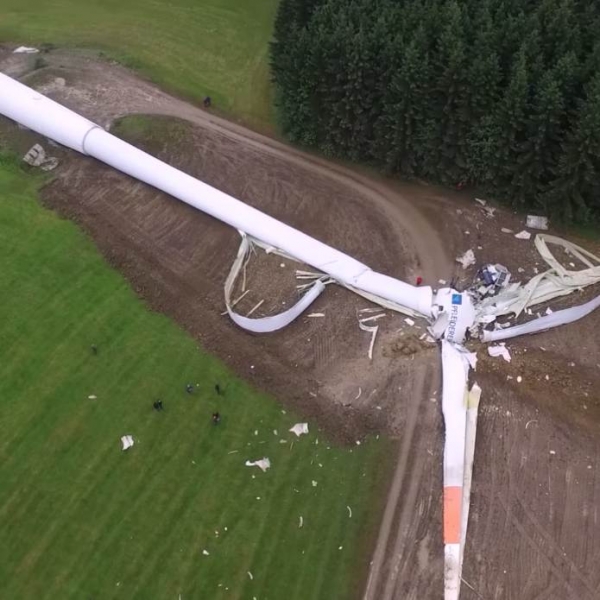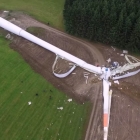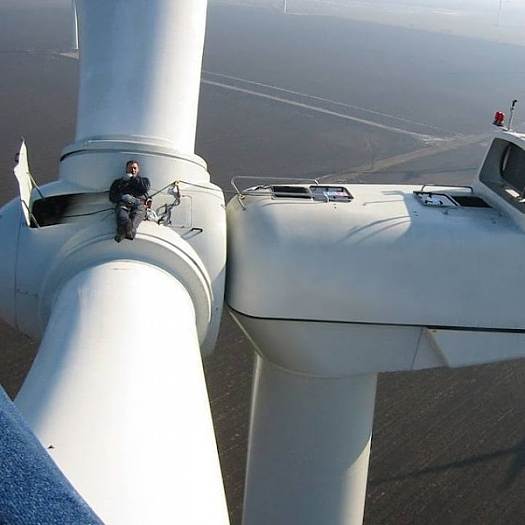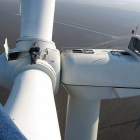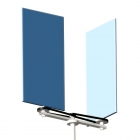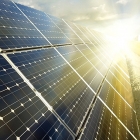|
Wind - a powerful source of alternative energy wind energy is very high This energy can be produced without polluting the environment, but in the wind, there are two major drawbacks: its energy is strongly scattered in space and it is unpredictable. Building maintenance, repair of wind turbines, working around the clock in any weather in the open air, is not cheap. Wind power plant with the same capacity as hydroelectric power stations, thermal power station or nuclear power plant, compare uw them should occupy a large area Besides wind power unsound:. they interfere with the flight of birds and insects, noise, radio waves reflected by the rotating blades, creating interference to TV in nearby settlements. The principle of the wind turbines is very simple: the blades, which rotate due to the force of the wind, through the shaft transmitting mechanical energy to generator that in turn generates electricity.. It turns out that wind power works like toy cars on batteries, only the principle of their action is opposite. Instead of converting the electrical energy into mechanical energy, wind energy is converted electric current Different designs are used for producing wind energy: multibladed "daisies", screws like airplane propellers with three, two or even one blade (if it has a counterweight to the load); vertical rotors and cut along resembling nasazhannuyu to the barrel axis; some sort of "risen on end" helicopter rotor: the outer ends of its blades are bent upward and are connected together. Vertical structures are good because they catch the wind in any direction. The rest have to be developed in the wind. In order to somehow compensate for the variability of wind, constructing a huge "windy farm." Wind turbines there are rows in the vast space, and run on a single network. On one edge of the "farm" can blow the wind, on the other at this time quietly. Wind turbines should not be placed too close, so they do not obstruct each other. Therefore, the farm takes a lot of space. Such farms exist in the United States, France, England, and "wind farm" in Denmark, posted on the shallow coastal waters of the North Sea: there it does not bother anyone and wind resistant than on land. In order to reduce dependence on non-permanent wind strength and direction, the system include flywheels, partially smoothing wind, and all sorts of batteries. Most often they are electric. But also apply air (wind turbine injects air into the cylinders; leaving therefrom, its smooth stream rotates a turbine with an electric generator) and hydraulic (wind force water rises to a certain height, and, falling down, rotates the turbine). Put the batteries and electrolysis. Turbine provides electric current decomposes water into oxygen and hydrogen. They are stored in cylinders and as needed to burn the fuel cell (i.e. in a chemical reactor, wherein the fuel energy is converted into electricity) or in a gas turbine newly receiving current, but without sharp voltage fluctuations associated with the vagaries of the wind.
| |
|

